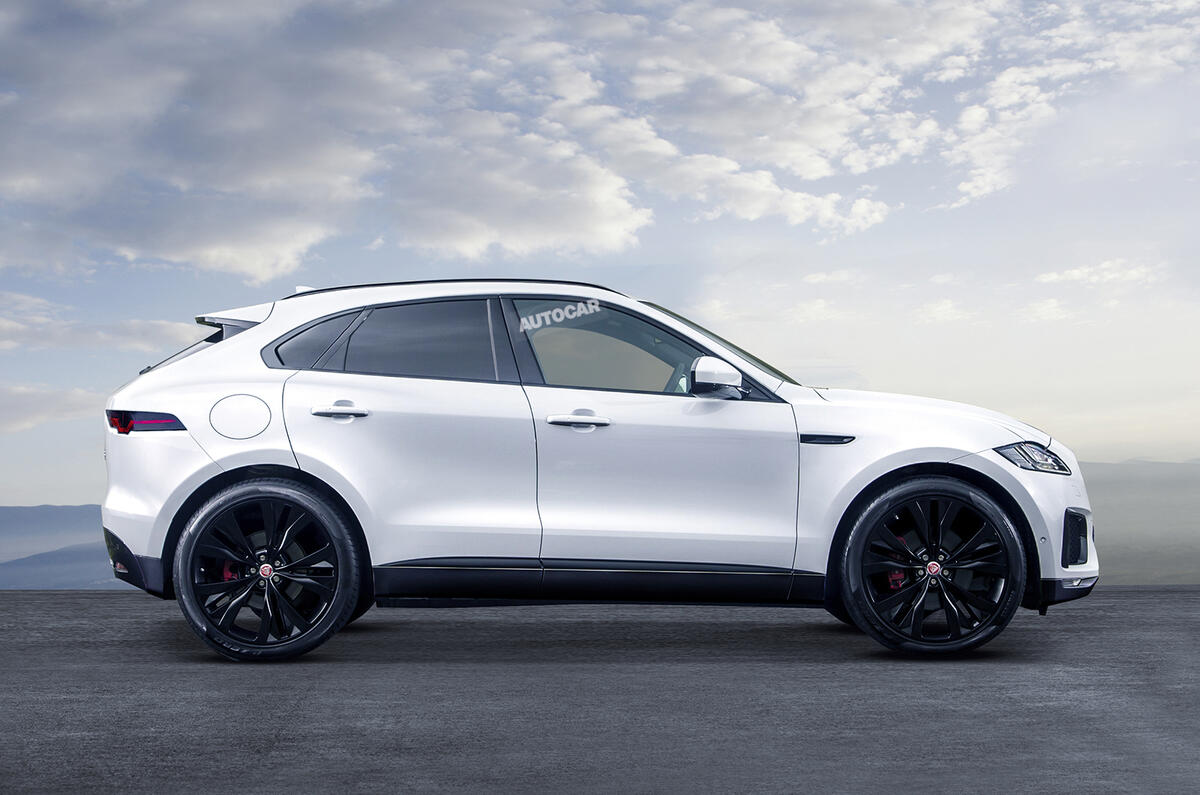Has Jaguar been wasting its time for the past 17 years, with the endless honing of its saloon cars into best-in-class driving machines?
If you look at the most recent retail sales figures for the company, you could well argue exactly that. According to Tata’s own figures, in the 10 months between April last year and January this year, the company sold 132,825 cars.
That’s up a massive 83% on the same period year on year. The Jaguar XE put on a healthy 27% sales increase and the Jaguar XF a useful 10% increase, but the main reason Jaguar is doing well is due to the Jaguar F-Pace.
Over the 10 months it was Jaguar’s biggest-selling model by a significant amount, with 51,853 examples finding a home. And if the F-Pace’s sales this January are anything to go by, the new model could settle down to an annual production of around 70,000 units.
Even now the F-Pace is Jaguar’s best seller. Over our 10-month window, the XE compact saloon clocked sales of 34,627 — a very healthy jump over the previous period.
But the full-year total for the XE will probably be just under 43,000 units. By contrast, BMW sold nearly 142,000 3 Series models last year in Europe alone, pus another 100,000 or so in both China and the US.
The XF is in rather worse shape. Over the same 10 months just 28,727 were sold, which adds up to a likely global total of 35,000 units over 12 months. But Mercedes sold more than 210,000 E-Class saloons and estates globally in 2016.
The XJ, meanwhile, looks like it will come in under 10,000 sales for the 12 months to April this year.
When the E-Pace is launched — and we’d guess it will be well-priced — Jaguar will quickly become an SUVmajority car maker. Sure, the same thing has happened to Porsche and Volvo. But Jaguar saloons seem destined to remain very small sales fry.
So with the E-Pace and F-Pace doing well but Jaguar’s three road cars adding up to well under 100,000 units per year, what happens next?





Join the debate
Add your comment
I would have seriously
I would have seriously considered an XE-SVR for my next sports saloon- that is what I need practically and I like compact size, handling, practicality.Sadly it is not to be,so the new RS5 Sportback will probably get my C$ as M3 and C63 are not 4WD which i need where I live.SUV,s and trucks are the usual choice here in Canada but not for an old petrolhead.
Halo effect
I wonder if all brands need a halo model? If so, it is not wise to stop production of lower sales performing models, if those are the very (halo) ones that buyers think "oooh" but then buy the SUV. I suppose halo means 2 seats and fast, so the XES kind of fits, as of course the F type.
I am looking forward to the E Pace, but I am put off that it is heavier than the F Pace. I suppose we should see it as a much lighter Evoque, but if you have to go one up power-wise on the engine to give the same power/weight ratio, you end up near F pace money.
But, destroying my previous argument, I believe there are some cars that just feel right to us- this is what we should go for and not get caught up in the last inch of "value".
XE dud